Every driven a car or truck that doesnt have a sway bar? If you have not, imagine putting wheels on a boat and taking it for a spin around the block. Sure it might ‘float’ well, but the turning would be terrible, and on every turn, it would about roll over, right? In this article we’re talking all about sway bars (aka anti-roll bars, anti-sway bars, or stabilizer bars). This single part is responsible for giving you that snappy turn feeling and helping you make hard turns without rolling your ride.
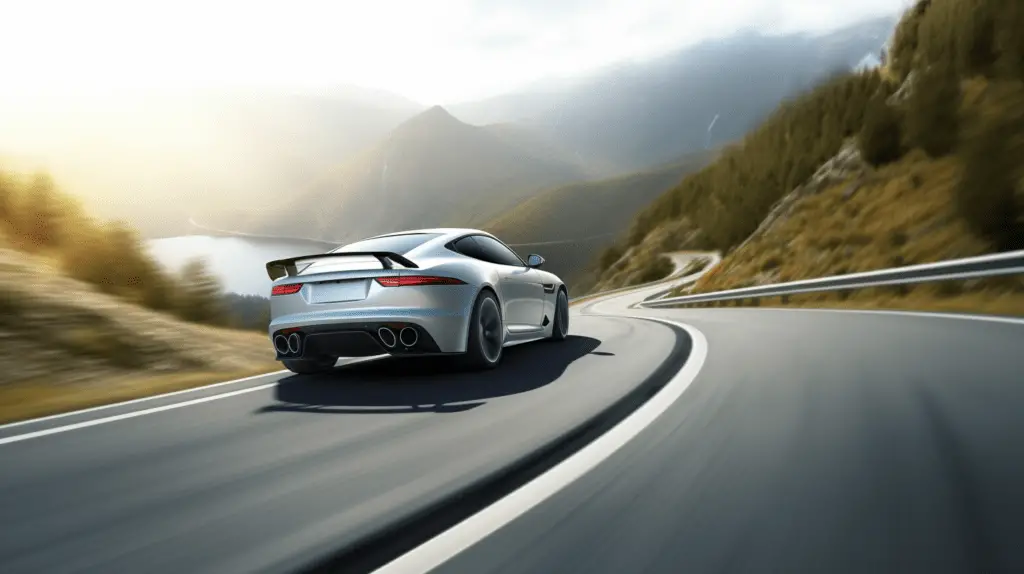
What Is A Sway Bar
The sway bar (anti-roll bar) in a vehicle’s suspension- system keeps your turning snappy and prevents body roll. It is a u-shaped steel bar linked to the vehicle’s control arm or struts and it serves to keep the vehicle stable, especially during turns.
FlatironsTuning has a real nice video overview
What Do Sway Bars Do?
It does this by delivering a level of force to the other side so as to balance things out and reduce body roll. In a way, one could say it evens out weight distribution while cornering.
The stabilizer bar is linked to either the front wheels or the rear wheels although some performance vehicles have a front sway bar and a rear sway bar. When one wheel becomes higher than the opposite wheel during cornering, the sway bar then swoops in to keep things balanced. In some sense, the sway bar is really just a torsion spring because it exists to counter a twisting movement from any side of the vehicle.
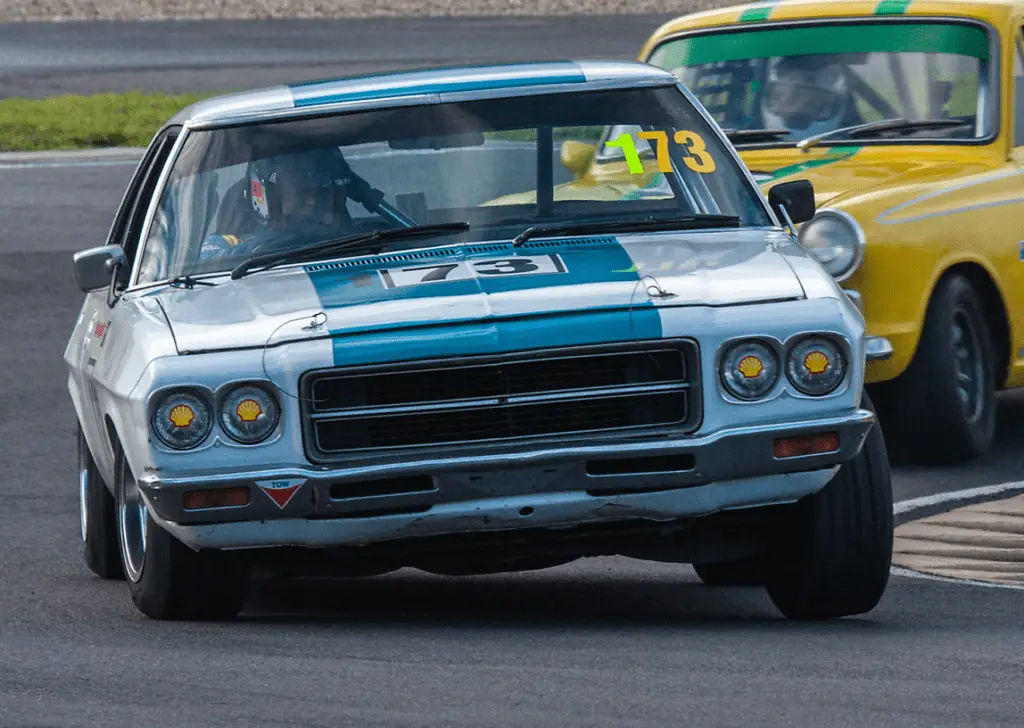
image source Richard Taylor on Flickr
Let’s bring it somewhat closer to home-
Imagine you are driving your car and while turning into a corner, you feel your car lean towards one side. Now, that would get you really scared as there is a possibility of the car flipping outright. What the sway bar does in that situation is to deploy some force at the other end and keep things level i.e reduce body roll.
Summarily, a sway bar serves to ensure that your car remains stable even when you are cornering. It also makes for excellent handling and maintains your vehicle’s grip on the road. Given their functions, an anti-sway bar seems like a more fitting name for it than sway bar, don’t you think?
What Are The Types Of Sway Bars?
We mentioned earlier that while most cars have solid u-shaped bars, there are other types of sway bars. Below are four of the most popular sway bars found in many vehicles today:
[su_panel background=”#ffff” shadow=”2px 2px 2px #eeeeee” radius=”4″]1. Solid Sway Bars
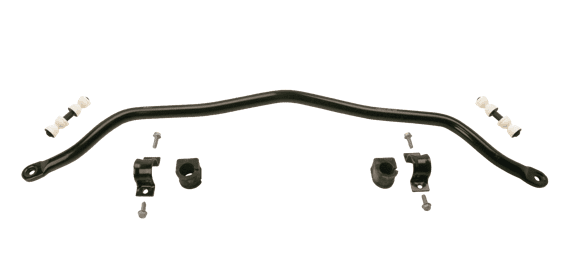
Solid sway bars are the most common type of sway bars. They are u-shaped steel bars that connect the wheel assemblies on the left and right sides of the axle. Much like torsion springs, these anti sway bars twist as you drive around the corners, in a bid to dissipate the extra tension. Solid bars are typically heavy and they can last as long or even longer than the car itself.
[/su_panel] [su_panel background=”#ffff” shadow=”2px 2px 2px #eeeeee” radius=”4″]2. Hollow Sway Bars
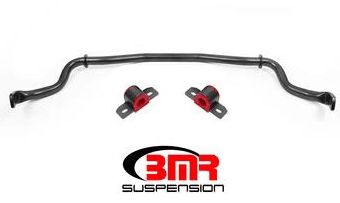
Hollow Sway bars are also known as tubular sway bars and they are actually very similar to solid bars except for the fact they have hollow insides. To put it simply, hollow sway bars have hollow metal bars on the insides while their solid counterparts of course have solid metal bars.
Contrary to what you may have thought, the hollow sway bars are also very long-lasting and durable. In addition to that, they have as much torsional rigidity as solid sway bars despite having less weight.
[/su_panel] [su_panel background=”#ffff” shadow=”2px 2px 2px #eeeeee” radius=”4″]3. Splined Sway Bars
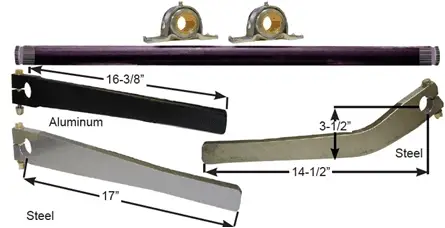
While most anti sway bars are often u-shaped, splined sway bars are totally straight. A splined sway bar can either be hollow or solid and it actually works the same way a traditional sway bar works. The only difference is that splined sway bars spin directly into the connecting arms.
Many performance/drag racing cars sport splined sway bars because they can withstand loads of torque and are easily adjustable.
[/su_panel] [su_panel background=”#ffff” shadow=”2px 2px 2px #eeeeee” radius=”4″]4. Active Anti-roll Bar System
You may have noticed that all the sway bar types we have mentioned so far are mostly mechanical. The active anti-roll bar system however is an electronic system that features an electronic control unit that helps control it. The system deploys sophisticated sensors and actuators to alter your car’s suspension system and reduce body rolls when turning. It is a much lighter bar than the others and experts say it produces better performances than other types.
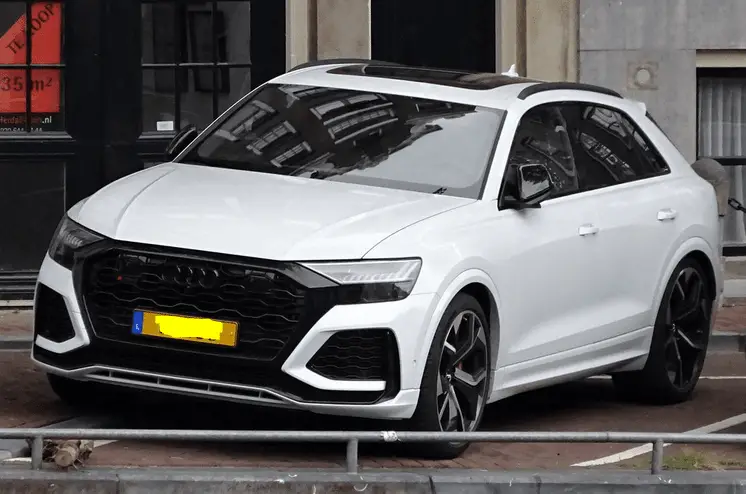
We should mention that you won’t find an active sway bar system on just any car as they are mostly used in top-of-the-line vehicles like the Aston Martin DBX, Porsche Cayenne Turbo, Bentley Bentayga, and Audi RS Q8.
[/su_panel]Difference Between Sway Bars And Torsion Bars
Sway Bars connect shock mount driver to shock mount passenger
There’s exceptions, but typically you’ll see the sway bar end links connecting near the shock mount base, or near the steering knuckle. It absorbs the tension that inevitably comes with cornering thereby preventing body lean and stopping the car from flipping. It does this through a twisting mechanism similar to that of torsion bars.
Torsion bars connect to the frame
A suspension component that works alone or with the springs to prevent roll. Unlike sway bars, they are welded or bolted to the frame, and run to the suspension arm/a-arm. They were more popular back in the 60s and arent seen very often. You may catch one on a lifted off-road truck. They look like Traction bars.
Read more about the history of Chrysler using torsion bars on Allpar.
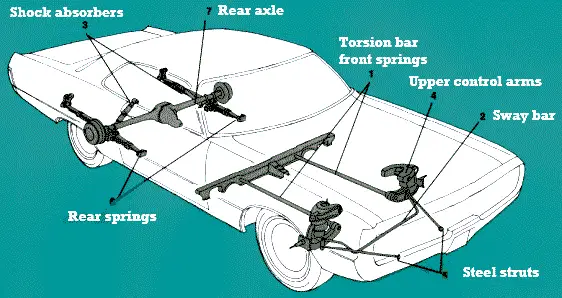
[su_icon_text icon=”icon: wrench” icon_color=”#00a9e0″]3 Symptoms Of A Bad Sway Bar[/su_icon_text]
We mentioned earlier that sway bars often last as long as the vehicles themselves. However, sway bars have links and bushings that can break, wear out or deteriorate. Anti-roll bar bushings can break bad due to water intrusion(leading to rust), lack of lubrication, and age. Here’s what you should watch out for
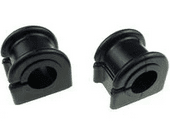
1. Unusual Noises
One of the most common signs of a weak or worn sway bar bushing is rattling and clunking noises especially when the car is going over a bump. It could also be a squeaking noise and if the situation further deteriorates, you could start hearing these noises even when you are driving on flat, bumpless roads.
[/su_panel] [su_panel background=”#ffff” shadow=”2px 2px 2px #eeeeee” radius=”4″]
2. Bad Handling / Body Roll
When your sway bar goes bad, the car’s handling will likely take a turn. The handling will feel like a boat rather than the snappiness of a car. This could be a result of weak bar links or deteriorating bushings.
[/su_panel] [su_panel background=”#ffff” shadow=”2px 2px 2px #eeeeee” radius=”4″]3. Obvious Wear
You can also notice a bad sway bar while making a visual inspection of your car parts. The sway bar links will look totally worn out and the rubber bushings on either end of the links will lose their solid, round shape.
While conducting the check, you can hold the links and if they feel loose and move easily, then they are broken. In some cases, the links can be completely disconnected or unfastened from the anti-roll bar.
[/su_panel]
What Happens If Your Sway Bar Breaks While Driving?
It should not pose an immediate or serious threat, especially if you are not doing any hard or fast cornering. The sway bar is most noticeable during hard corners or swerving to dodge an object in the road.
Can You Drive Without A Sway Bar?
Sway bars aren’t of as much importance to a car as brakes, tires, and other such parts. As a matter of fact, they used to be optional vehicle equipment a couple of decades back.
The absence of a sway bar also increases body roll and puts your car at risk(however little) of flipping. This is usually noticed during a sharp turn, like if you had to avoid a deer in the road.
If you do decide to drive without one, we advise that you do it as slowly until you’re comfortable with your vehicle turning more like a boat than a car.
Do Sway Bars Affect Off-roading Performance?
If you have a 4WD off-road vehicle, it may be useful to sometimes disengage the sway bar.
While driving in off-road conditions, the grounds are uneven so you’ll want the vehicle’s wheels to move independently for better traction. Disconnecting the sway bars can help with that because there will be much less pressure on the wheel axles.
For off-roading, we recommend adjustable sway bars, or quick disconnects.
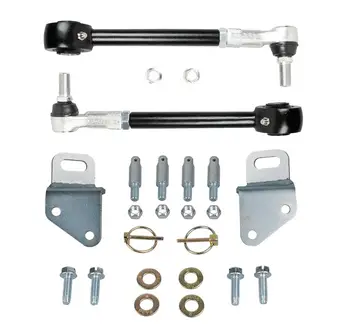
Camper Sway Bar
That’s right, even campers and RVs have sway bars. Given the weight of RVs and their susceptibility to wind, sway bars can help improve the suspension and reduce body roll.
Cost To Replace
Sway bars typically do not need replacements as they are very durable and can last the entire lifetime of the vehicle. However, as we have seen before, the sway bar links and bushings can get worn out which means they would need replacements.
For example, bushings on a 2010 Ford Ranger are about $25 bucks (autozone)
If you have a lifted Jeep and want to upgrade to Synergy links with a quick-disconnect, you’re looking at around $215 bucks. (Synergy end links)
If you dont know what you’re doing, leave it to the professionals because you dont want to screw up your suspension components. However, these parts are often easy to replace 🙂
You may be interested in other suspension components such as: